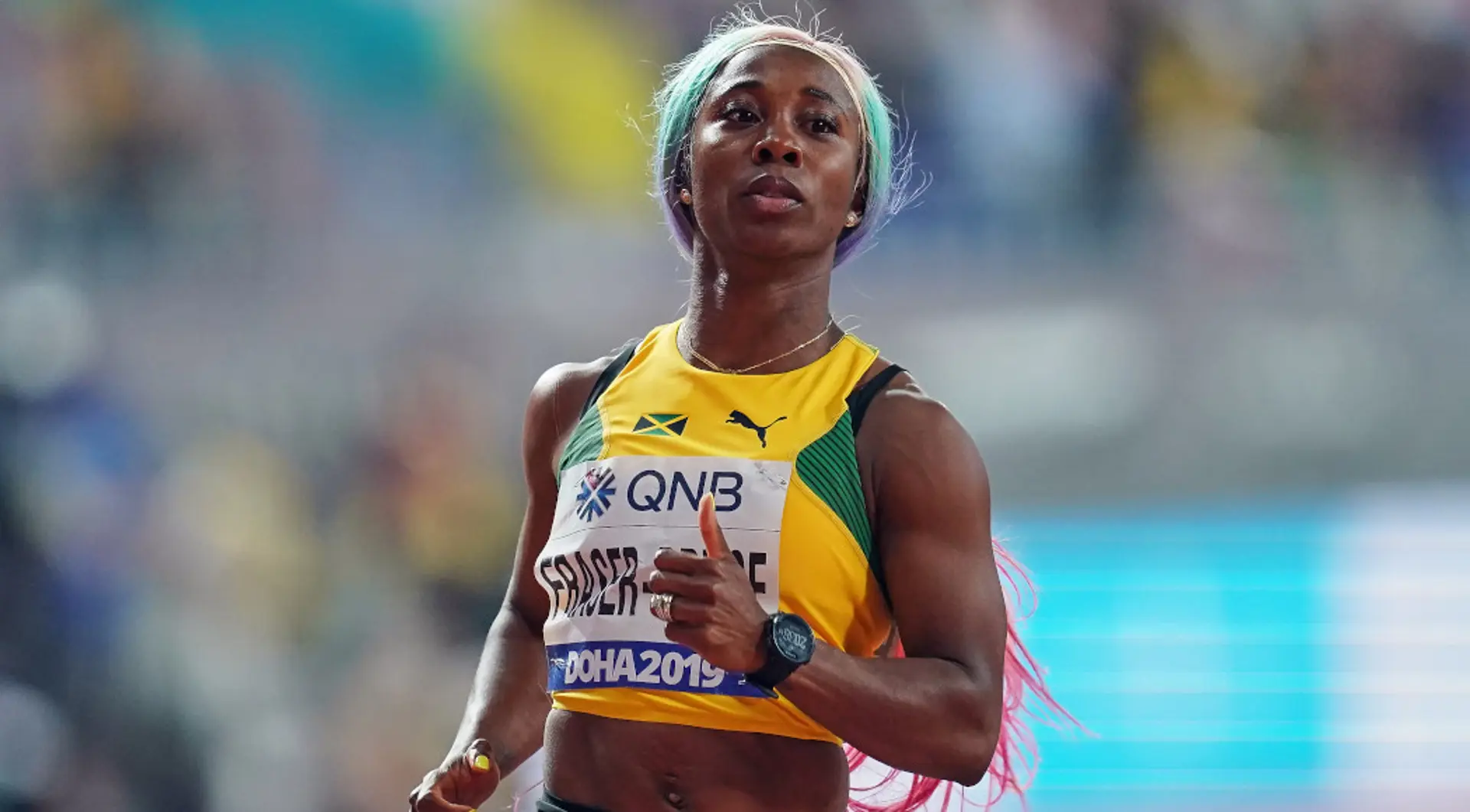From field of dreams to Olympic glory: Jamaica's sprinting conveyor belt

On a dusty, sun-bleached grass sports field in Kingston, a crop of Jamaican schoolchildren are being put through their paces with dreams of following in the footsteps of Usain Bolt or Shelly-Ann Fraser-Pryce.
Lines of chalk mark out the lanes of a rudimentary running track, where a few dozen young hopefuls are racing in the kind of athletics meeting that is popular across Jamaica, the spiritual home of sprinting.
"Most of these kids want to become professionals; they all dream of becoming the next Usain Bolt or the next Shelly-Ann Fraser-Pryce," track coach Shanti Blake tells AFP.
"Pretty much everybody here that does sports wants to try to become a professional, because everybody wants to become the next Usain Bolt."
Blake looks on approvingly as this young crop of runners, some only six years old, strive to replicate the running style of the Jamaican track icons who have been regular visitors to Olympic and World Championship medal podiums over the past two decades.
"I'm dedicated to making some of these kids professionals," said Blake, 40, whose own dreams of a sprinting career were cut short by injury. "Most definitely, I am going to."
'PART OF OUR HISTORY'
For Joseph Heron, whose daughters Nayeli (10) and Jaya (nine) are both competing in the meeting, the lure of a professional career is only part of the appeal. Athletics also represents a pathway to academia via the possibility of scholarships.
"(Running) keeps them healthy and and strong," Heron says. "The track is a very powerful part of our history, not just for those who go on to become professionals, but the impact on general life. Many go on to get scholarships and influence their careers."
Shanielle Francis, meanwhile, is further down the road in her sprinting journey.
Francis works as a coach at the Tapp Track Academy, where she aims to mould young sprinters "into the athletes that you want them to become."
A second-year student of sports kinetics at the University of the West Indies, Francis is an illustration of the kind of high-quality coaching, driven by academic excellence, that can be found in Jamaica, most notably at the G.C. College of Physical Education, which takes its name from the late Gerald Claude Eugene Foster, one of the earliest pioneers of sprinting on the island.
For the most talented youngsters, the next step of the journey is Jamaica's Boys and Girls Championships, a springboard to elite sprinting which takes place every year in a packed national stadium.
"I like the feeling of speed," says Shanoya Douglas, the talented 17-year-old who completed the 100m and 200m double at the championships at the end of March.
"You can't slack off at training at once. As my coach always says, 'track and field is a very ungrateful sport.' So if you slack off, it's going to show," she adds.
PASSING THE BATON
While some standouts from the Boys and Girls Championships inevitably head off to study in the United States, others enter the professional ranks immediately, remaining on the island to join and train groups such as the MVP Track Club.
MVP – "Maximising Velocity and Power" – was founded in 1999 and has been home to Jamaican sprint stars such as Fraser-Pryce, five-time Olympic champion Elaine Thompson-Herah, Asafa Powell and Nesta Carter.
The club trains at dawn at the modest Stadium East, in the shadow of the national stadium, under the watchful eye of revered coach Stephen Francis, the great rival of Glen Mills, the coach of Usain Bolt.
Unknown sprinters can often find themselves working alongside established professionals such as Shericka Jackson or Kishane Thompson, the 100m silver medallist at last year's Paris Olympics.
One of MVP's newest stars is Tia Clayton, the 20-year-old who finished seventh in the 100m final at last year's Olympics, and who, along with twin sister Tina, is seen as the future of Jamaican sprinting.
"It is competitive here in Jamaica," Tia says. "Because you have a lot of fast people here. I wasn't minded to go to college overseas or anything. My decision was just to go pro and do a little schooling on the side."
Sister Tina meanwhile says she revels in the fact that future generations of Jamaican sprinters look up to her.
"Ever since I was growing up, I was like, I want to be like this or that sprinter. Now I realise I am competing with my idols," Tina says. "This is a career path that I have picked. I am here to inspire the younger generation."
Advertisement